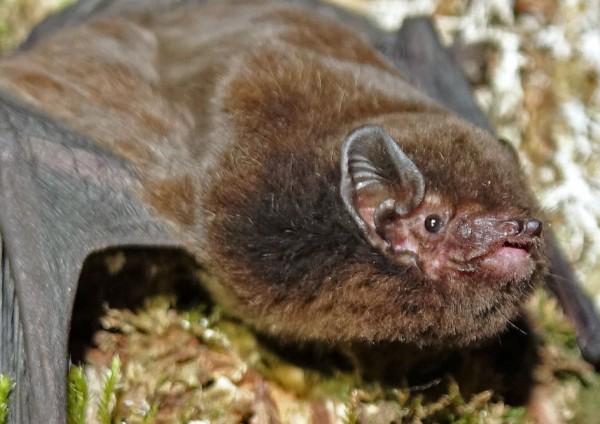
Emerging from the many kilometres of expressway under construction in Waikato is an enviromental survival strategy to help two of the country’s oldest residents exist in the modern world.
Long tailed and short tailed bats - they are no relation – are ecological ancients who have called New Zealand home since it splintered from the Australian mainland some 65 million years ago.
The bats are often in the front line of Transport Agency projects to improve the safety and efficiency of the state highway network in the Waikato. New roads can be driven through gullies and forests where they live and feed, and flight paths are disrupted by new bridges.
The Transport Agency, contractors and consultants have obligations under the Resource Management and Wildlife Acts to protect the environment and manage wildlife like bats. Wildlife management could differ from project to project and the Transport Agency recognised the need for one consistent framework.
The starting point was an established Memorandum of Understanding setting out how the Department of Conversation (DoC) and the Transport Agency work together where the environment and state highways shoulder up to each other.
Collaboration between the two led to the creation of the framework and a consistent approach that covers a wide range of bat management techniques including the sort of monitoring equipment to be used, locations for new nests, and how information about the tiny mammals is interpreted and used.
The groundbreaking framework can apply not only to state highway construction but to other infrastructure projects throughout New Zealand.
It is too early to say how effective the framework is. A third species of native bat has been wiped out by a plague of rats. At the very least, the DoC/Transport Agency framework will give these remaining two species of ancients a fighting change of survival.